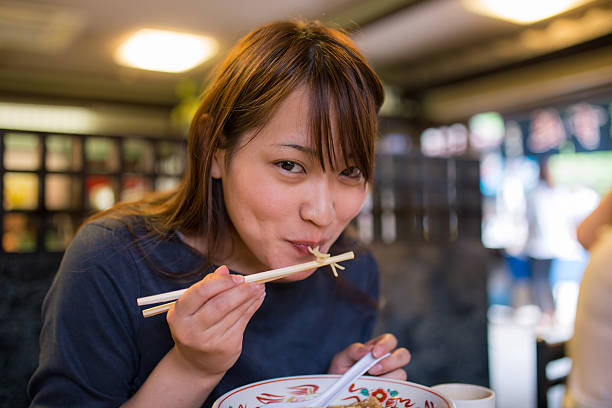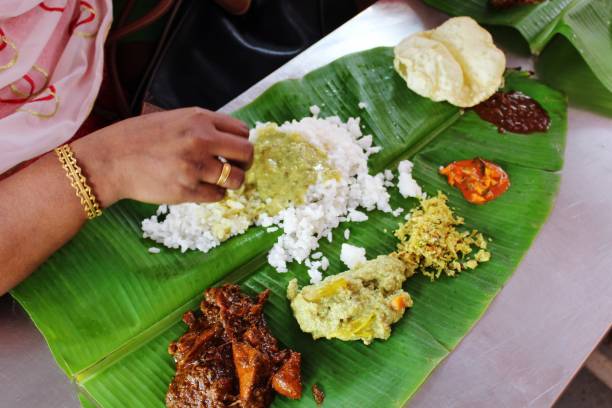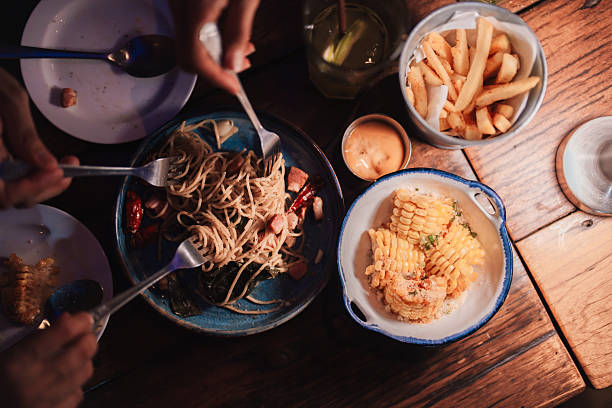So, picture this: you’re on your first trip to Japan, absolutely starving, and you finally get that steaming bowl of ramen. You dig in, slurping like a happy toddler. Everyone around you nods in approval.
Fast forward to Italy, you got same enthusiasm, same slurp but suddenly people are glaring at you like you just insulted their nonna.
Yeah… dining etiquette is wildly different across the globe, and trust me, some of it will surprise you.
Ever unknowingly offended someone at the dinner table? I have been there. That’s why this guide exists—to keep you from being “that tourist” who causes a mini scandal over soup.
Buckle up, foodie. We’re going around the world one awkward forkful at a time.
Japan – Slurp Like You Mean It
Let’s start in Japan, where slurping your noodles is actually a compliment. It sounds weird? Yep.
But in Japanese culture, that noisy inhale says the food is delicious and you’re enjoying it.
What to avoid?
Sticking chopsticks upright in rice. It resembles incense at funerals. Unless you’re trying to summon ghosts at dinner, don’t do it.
Also:
- Don’t pass food chopstick-to-chopstick. That’s also related to funerals.
- Bring the bowl to your mouth, not your mouth to the table. Trust me, your spine will thank you.
And incase you don’t know, they have an entire TV shows on polite eating. Like it’s that serious.
Italy – Pasta Comes With Rules
Want to ruin an Italian’s day? Ask for ketchup with your pasta. Or worse, put pineapple on your pizza.
In Italy, food is sacred—and there’s a rhythm to it.
Must-know basics:
- Cappuccino after 11 a.m.? That’s basically a tourist ID card. Italians switch to espresso.
- Never cut spaghetti with a knife. It’s eaten with a fork—and only a fork.
- Bread isn’t an appetizer. It’s for pushing food onto your fork, not for dipping in oil like you’re at an American chain restaurant.
And please: No asking for cheese on seafood pasta unless you’re cool with being judged silently (or not-so-silently).
India – Ditch the Fork
India is all about connection to food—literally. Eating with your hands is the norm, and it’s part of the experience. But here’s the deal: use your right hand only.
The left hand is considered unclean (you don’t wanna know why).
Don’t be shy:
- Mix rice and curry with your fingers—yeah, it’s expected.
- But don’t lick your fingers. You’re not a toddler.
- Always wash hands before and after the meal (no joke, they will notice).
Bonus tip: If someone insists on feeding you a bite (it happens at weddings or celebrations), smile and go with it. It’s a sign of love and hospitality.
France – Don’t Rush, This Is an Art Form
In France, meals are practically a performance. There’s wine, conversation, and more courses than you expected.
So, what’s the French way?
- Hands on the table, but not elbows (duh). Keep those forearms visible.
- Bread goes on the tablecloth, not your plate. Yep, directly on the table.
- Don’t split the bill. Seriously. It’s seen as tacky. Usually, one person pays, and it rotates next time.
And yeah, tipping is already included. But a few coins for great service is a nice gesture.
China – Burping Isn’t Rude, It’s Gratitude
China takes the whole “eat until you drop” thing very seriously.
Refusing second helpings? No, that’s considered rude. Accepting thirds? You’re family now.
Dining dos and don’ts:
- Burping is okay! It shows appreciation.
- Finish your food… but not completely. Leaving a bit tells your host they’ve fed you well.
- Tapping two fingers on the table after someone pours your tea? It’s a silent “thank you.” (It originated from an emperor going incognito, but that’s another story.)
Also: Don’t stab food with chopsticks. That’s not fencing—it’s lunch.
Middle East – Hospitality Is King
Middle Eastern countries are known for their over-the-top hospitality—and I mean that in the best way possible. If you’re not full when you leave, that’s offensive.
Here’s the drill:
- Eat with your right hand, just like in India.
- Accept tea or coffee at the end of the meal—it’s a big deal.
- Saying no to food? That’s like telling grandma her cooking sucks.
And remember: Refusing seconds once? Well that is expected but refusing three times? No, that’s borderline rude.
Always accept after a little resistance—it’s part of the dance.
Thailand – Fork, Yes. But Not for Eating
Thailand flips the fork-spoon combo. You use the fork to push food onto your spoon, and then eat with the spoon. The fork never touches your mouth. Mind blown, right?
Quick don’ts:
- Don’t put food in your mouth with a fork.
- Don’t jab or scrape the plate (you’re not mining for gold).
- Eat rice with a spoon—it’s the Thai way.
Oh, and slurping soup? Not a thing here. Keep it classy.
Russia – Vodka Has Rules, Too
In Russia, meals can turn into full-on vodka rituals. And yes, there’s etiquette around drinking.
How to not mess it up:
- Always wait for a toast before sipping.
- Don’t mix vodka with anything (no orange juice shenanigans).
- Bottoms up. Sip vodka slowly? That’s not how this works.
And food? Bread with every meal. Also, don’t shake hands across the table. Superstitions run deep.
Ethiopia – One Plate to Rule Them All
In Ethiopia, meals are communal. Everyone digs into one big platter of injera (a spongy flatbread) and various stews.
Golden rules:
- Eat with your right hand (spotting a trend here?).
- Don’t hog a section of the plate.
- Gursha—when someone feeds you with their hand—is a huge gesture of affection. Say “aww,” then open wide.
Also: No utensils. If you ask for a fork, you just insulted thousands of years of tradition.
South Korea – Elders First, Always
Koreans take respect for elders to the next level, even at the dinner table.
Here’s how to not get side-eyed:
- Wait for the oldest person to start eating before you do.
- When drinking, turn your head away from elders and cover your mouth.
- Refill others’ drinks—but never your own. Let someone else do that.
IMO: It’s actually kind of nice. It makes meals feel more thoughtful.
Wrapping It Up
So, what have we learned? Aside from the fact that chopsticks are not for sword fights and your left hand is universally shady… dining etiquette around the world is a crash course in culture.
It’s not about being “right”—it’s about being respectful. And let’s be honest: nobody wants to be that tourist who offends the entire table over a spoon.
Final pro tip? Always observe the locals. When in doubt, copy what they’re doing. And hey, if you mess up—just smile, apologize, and don’t panic. Food is universal, and people generally appreciate the effort.
Now your turn:
Ever embarrassed yourself at a dinner abroad? Or seen someone completely miss the cultural memo? Share your story—I’m all ears (and slightly amused).
Until then, happy munching—and keep your elbows off the table.










